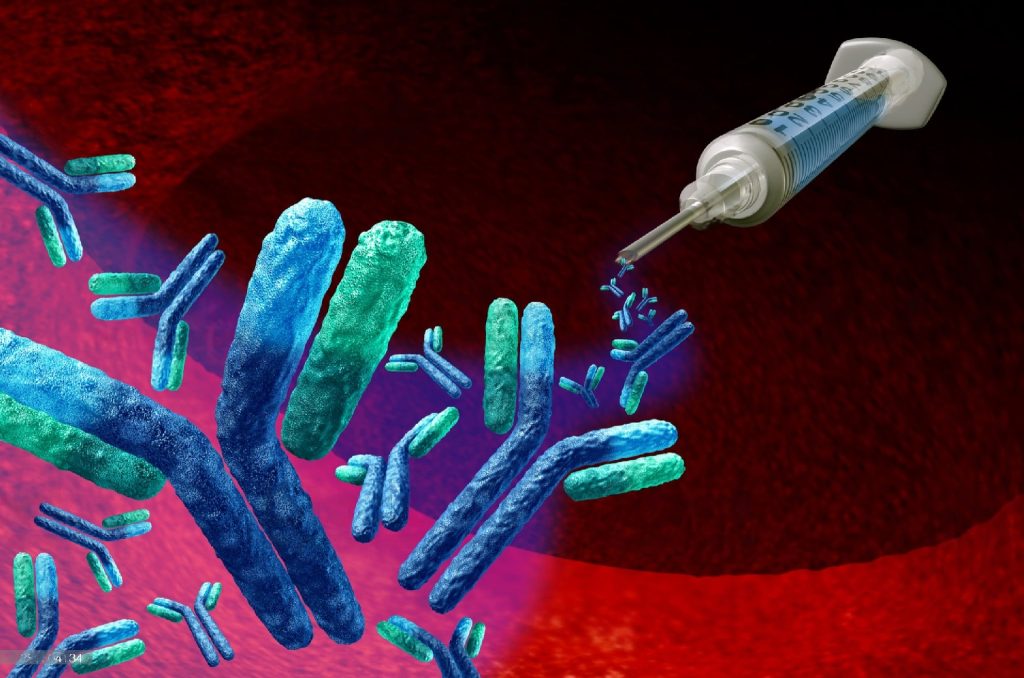Reactive oxygen species (ROS)- Introduction, Types, Sources, Scavenging Enzymes, Cancer
Reactive oxygen species (ROS) are chemically reactive molecules that can cause damage to cells and tissues, leading to oxidative stress. Mitochondria are the main source of ROS production in cells, and enzymes can regulate ROS levels. ROS can also act as signaling molecules in cellular processes and have been implicated in various diseases. Detecting and measuring ROS levels is crucial in understanding their role in cellular function and dysfunction.
Reactive oxygen species (ROS)- Introduction, Types, Sources, Scavenging Enzymes, Cancer Read More »


